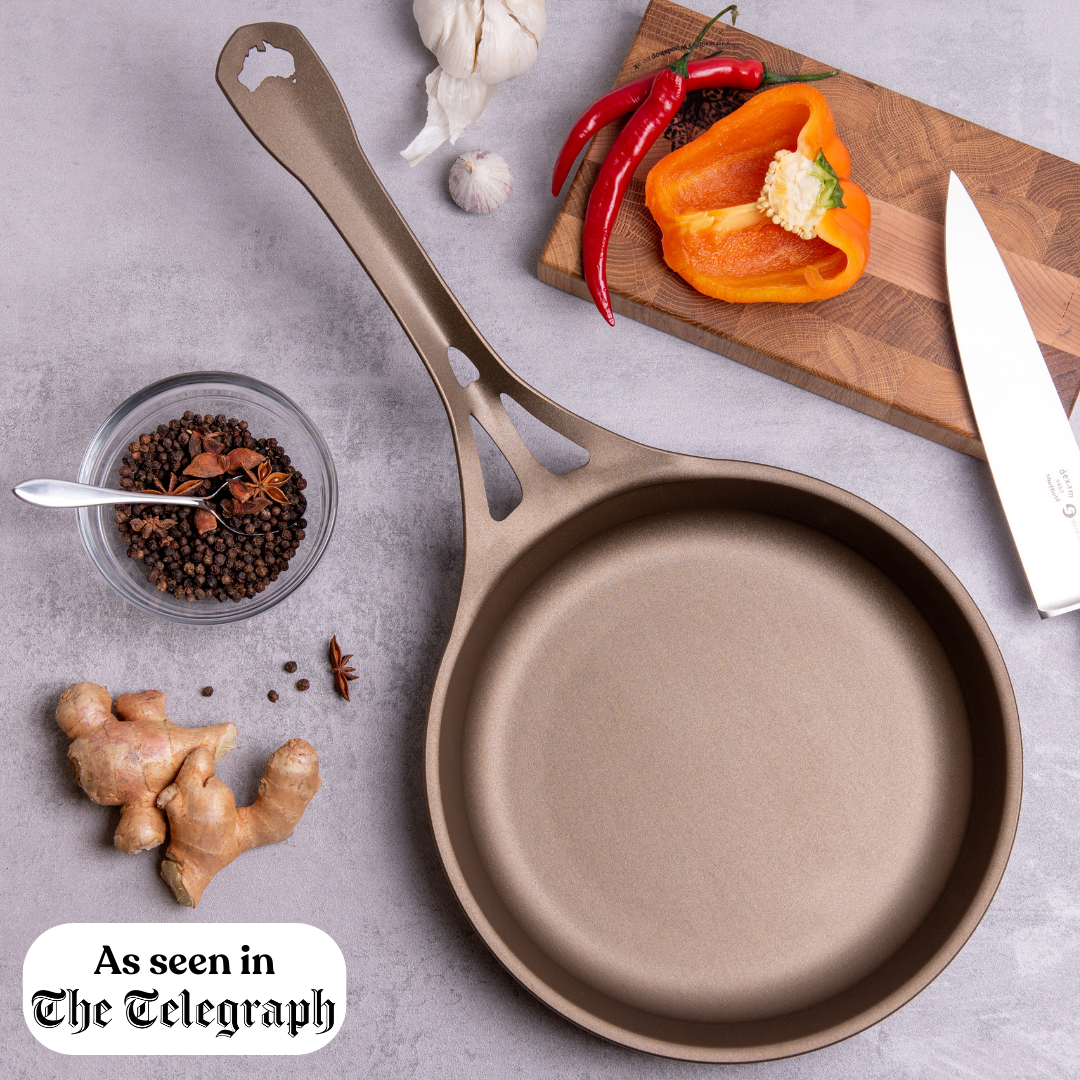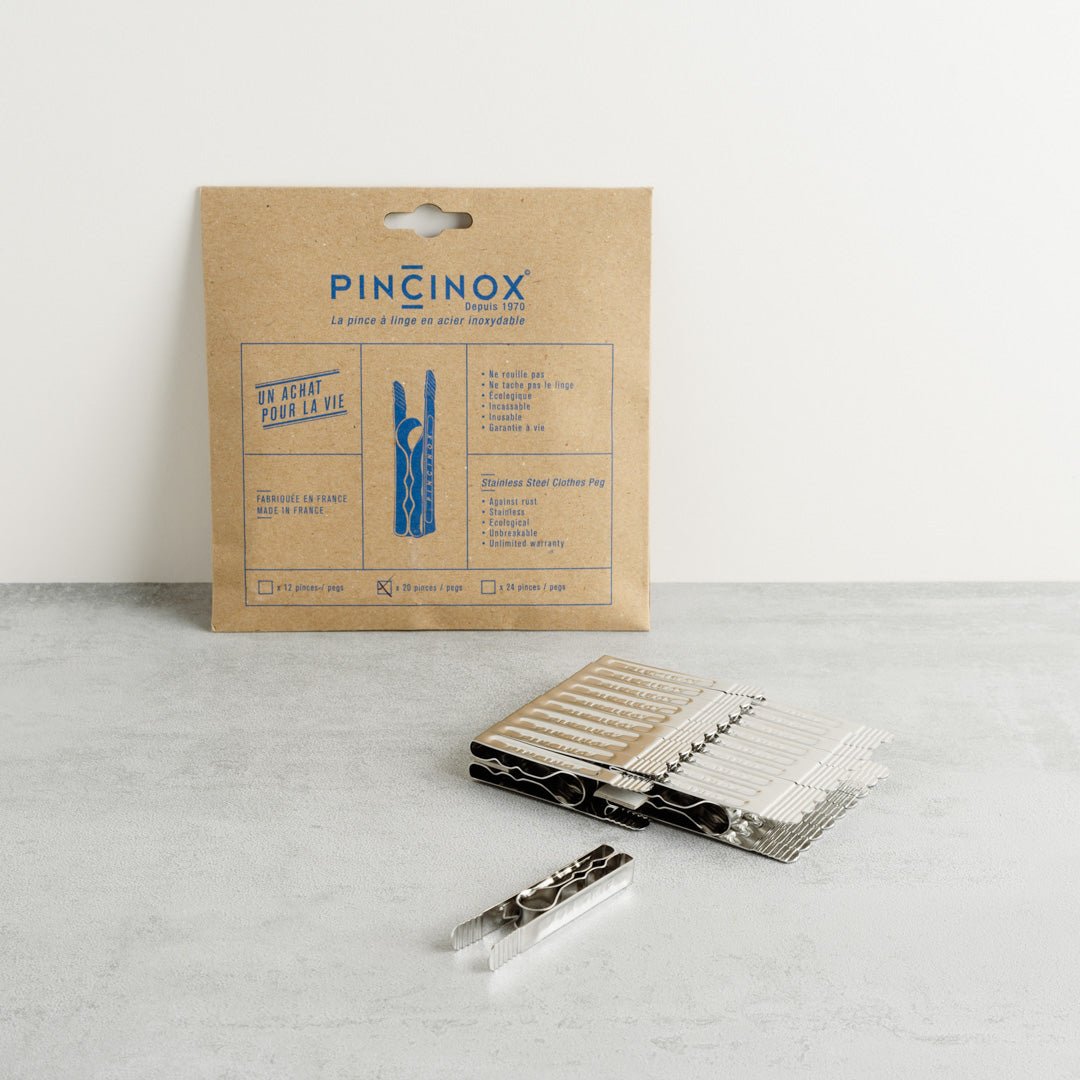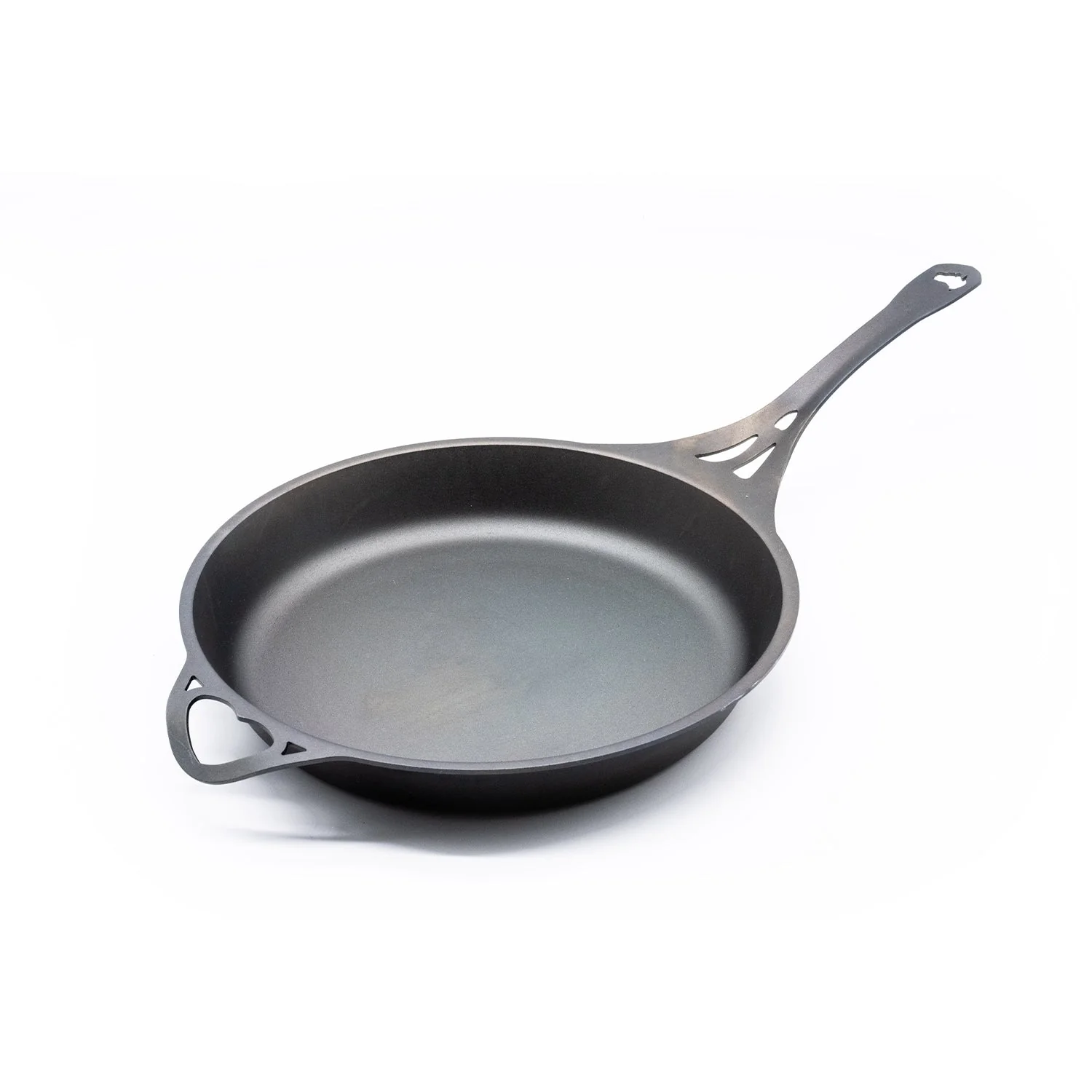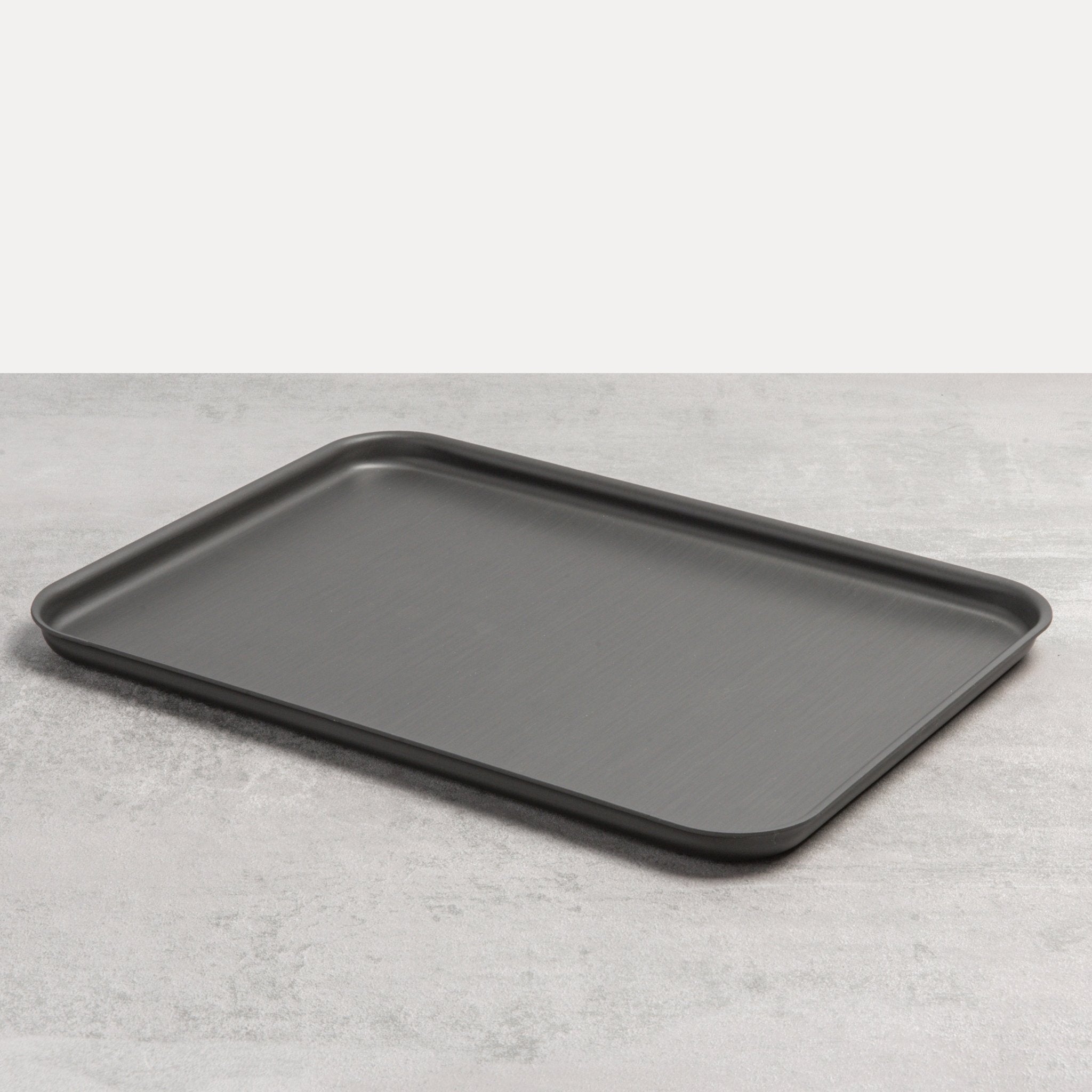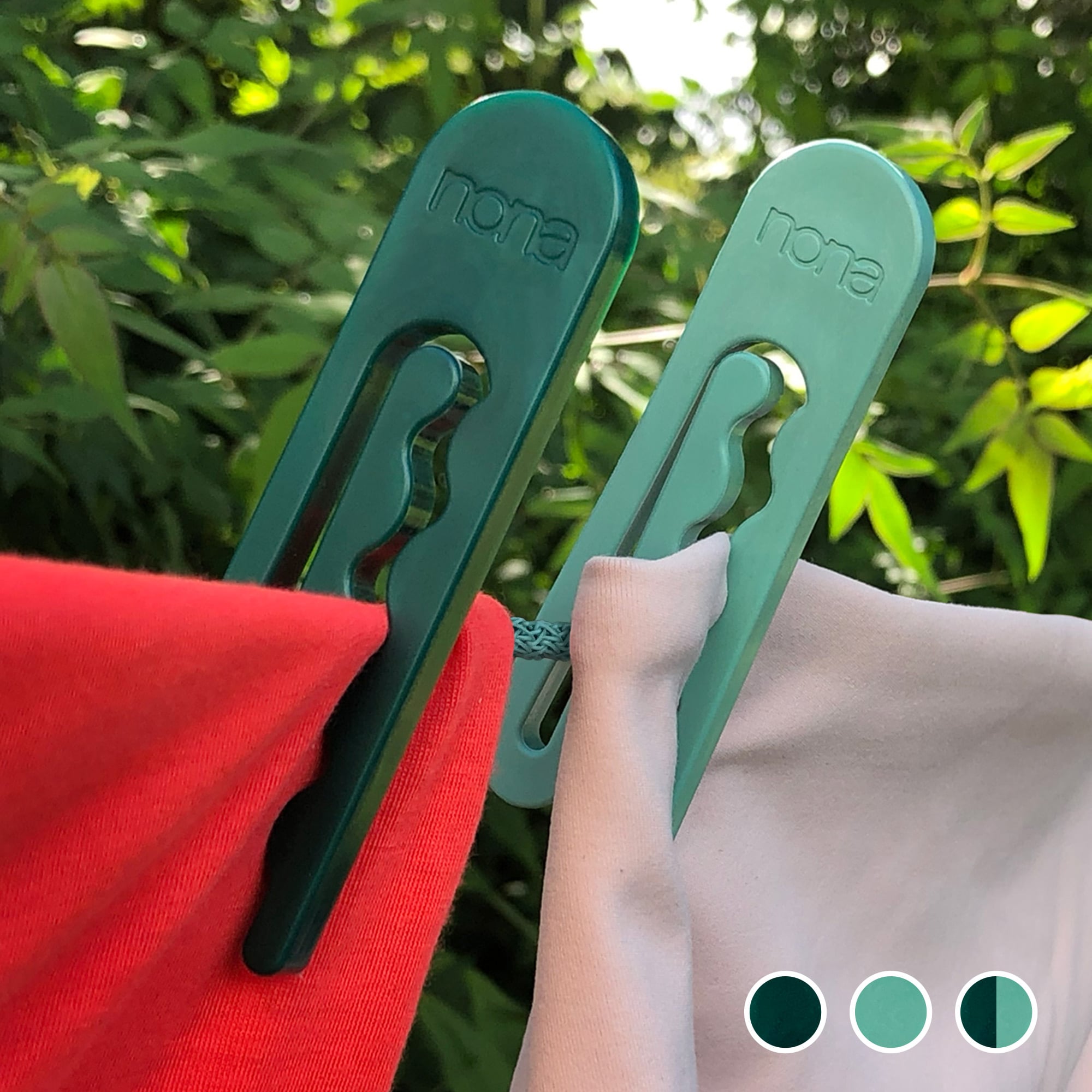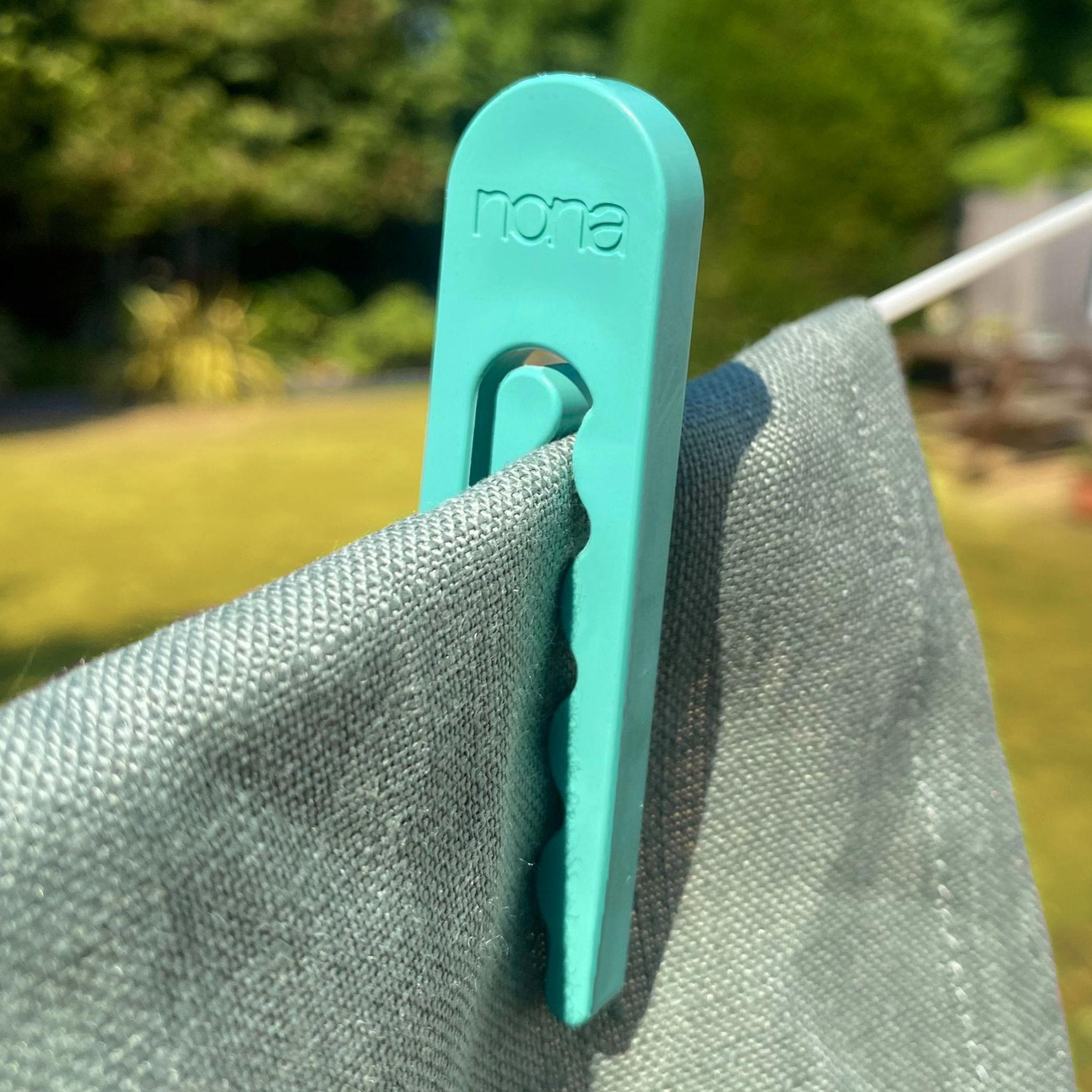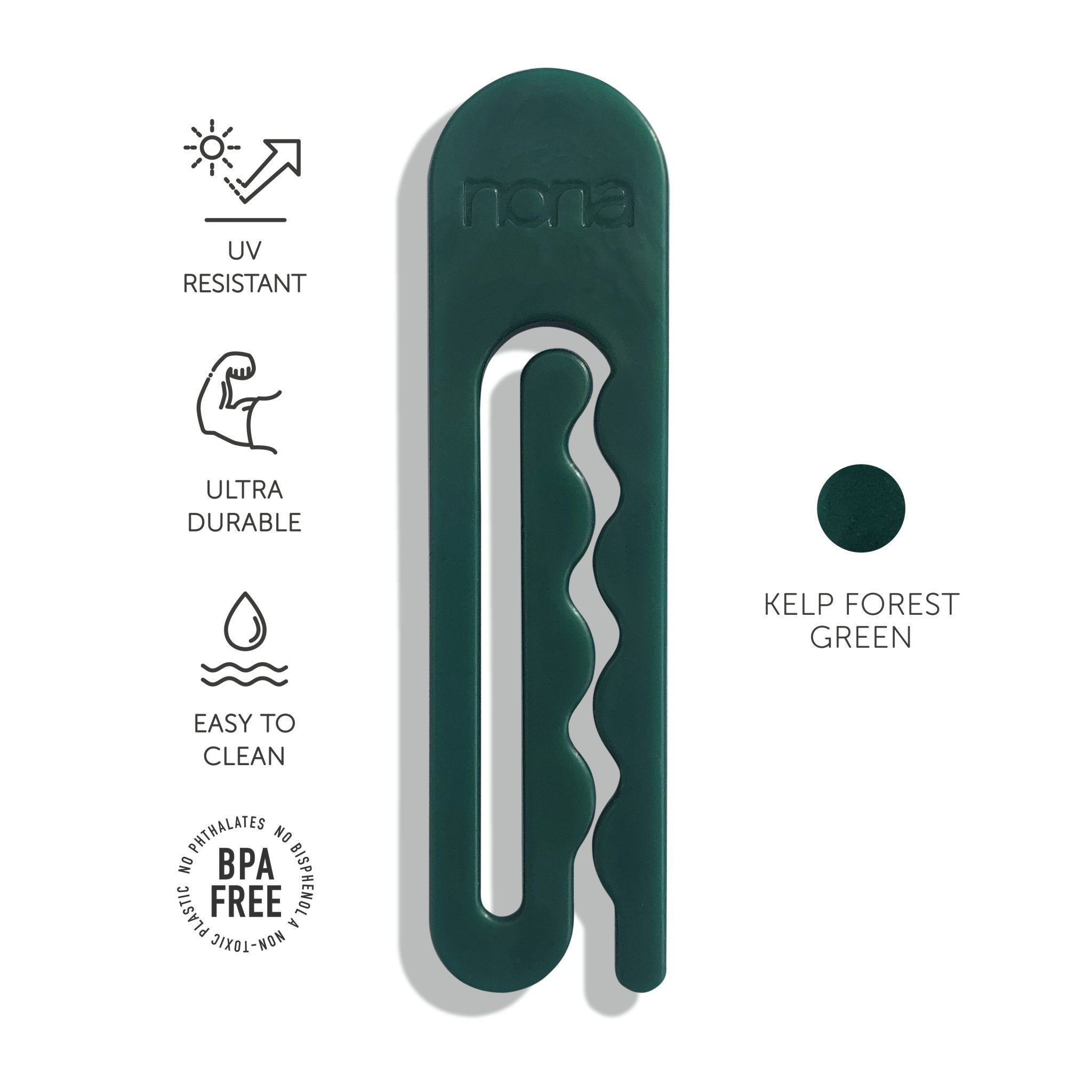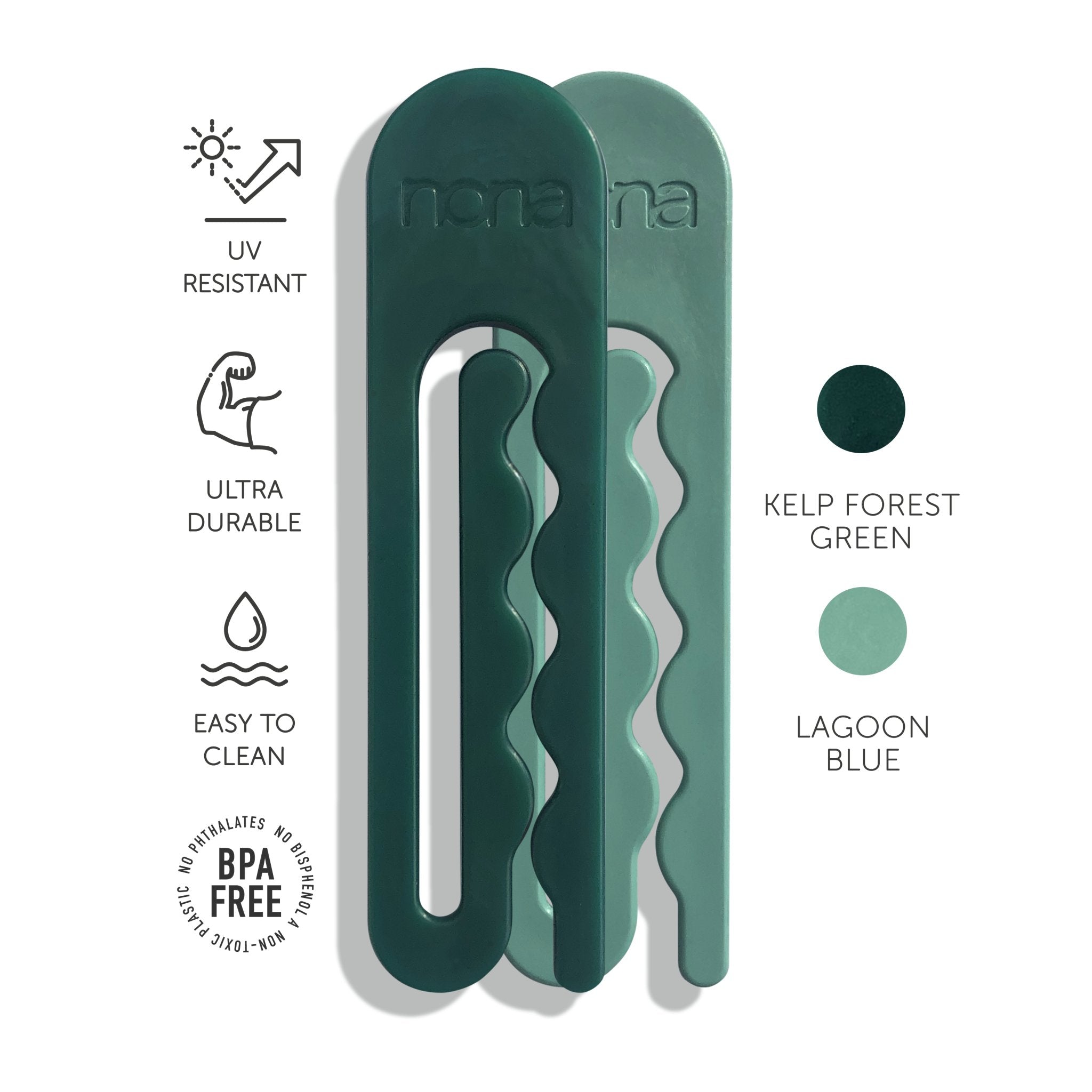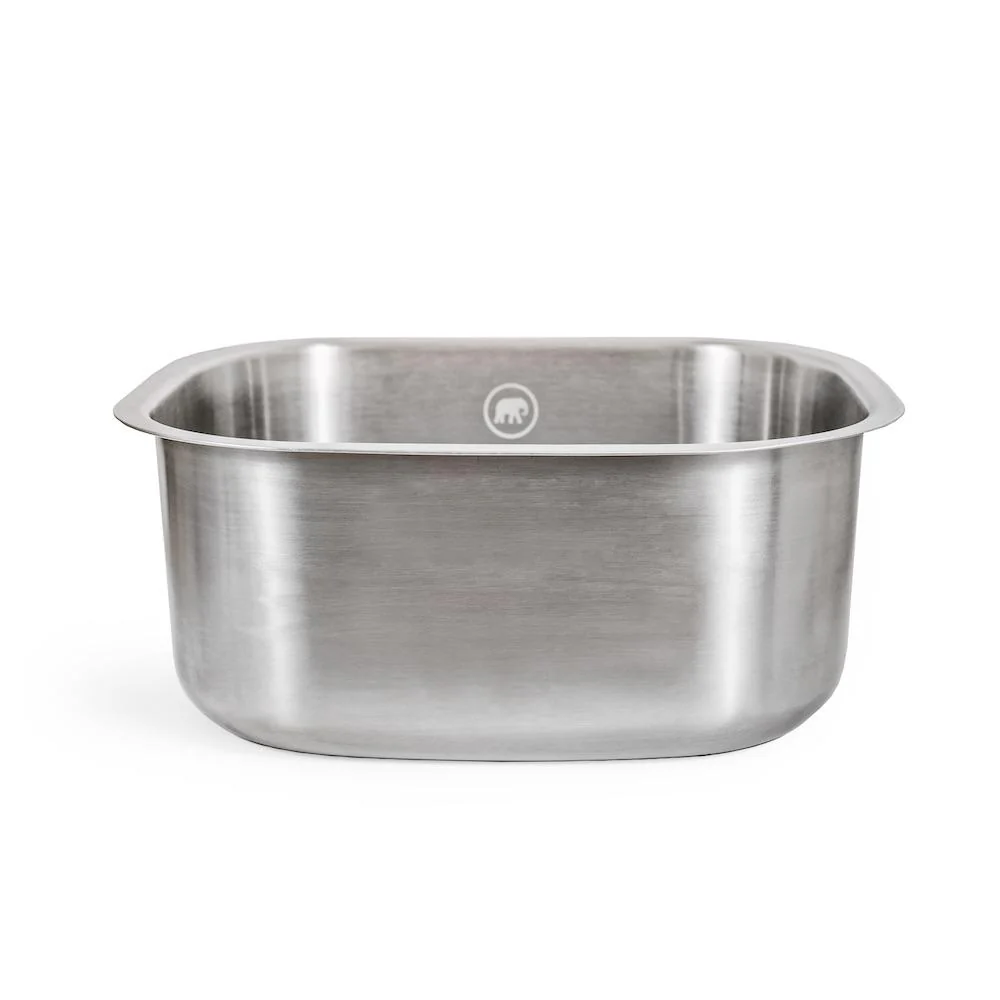There’s been books galore on how to declutter your life. They teach you how to let things go and organise your things into beautiful, instagramable order. But very few deal with the issue of how all that clutter came into your home in the first place, and how to prevent it from coming back.
This is where my technique of mindful curation can help. The full philosophy is laid out in my book, A Life less Throwaway, but I wanted to put the techniques here in a nutshell for the BuyMeOnce community.
It’s mindful because it is the opposite of mindless impulse buying, and it’s curation because, like a curator of an art gallery, you carefully choose all the individual pieces you want to bring into your gallery or life, but you also look at the big picture of what all those objects mean and what their effect is when put together.
The five steps of mindful curation are as follows.
1. Take stock of what you have

Set aside some time to look through your items methodically. Gather them all together and then identify what your A-team items are in each category. These are the products that you would reach for first if given the choice. Then make everything else justify its place in your life.
If an object is not being useful, beautiful or meaningful, then it’s a negative object. Items that have no purpose are simply clutter, or worse, items that we feel we SHOULD like and end up making us feel guilty.
In the past when I got a gift I didn’t like, I’d put it on a shelf or in a drawer for a couple of years feeling bad each time I came across it for not liking the gift. Eventually, I’d decide it had “done it’s time” and give it away in a big clear out. Madness! Instead, I now recommend exchanging or giving it away the moment you get it. Less guilt, less clutter, same result.
2. Combat the manipulations that get you buying mindlessly

I call these manipulations “the three monkeys of materialism”. While we try our best to live a calm, fulfilled, less wasteful life, these monkeys are hanging off our arm distracting us.
Monkey one: the advertising monkey
It talks to you constantly, hundreds of times a day, in fact, about what you should be buying and how good and happy you’ll feel if you give in to it. We all think we’re good at ignoring this monkey and that it doesn’t affect us, but it knows how to whisper to the parts of us that we don’t even know are listening. Recognise that this monkey has power, then look it straight in the eye, consciously look at ads and go “no thank you, I have everything I need to be happy”.
Monkey two – the trend monkey
The second monkey makes fun of your shoes! It’s telling you that “you can’t possibly wear THAT again." This monkey can be silenced by taking the time to dig deep into your unique sense of style. When you consciously build a sense of your own aesthetic, you can then dismiss the fads and tell the trend monkey that you don’t give hoot if “spots are in” and “stripes are out” because you’ve taken the time to find what makes you feel fabulous forever.
Monkey three - the status monkey
This monkey lives inside your head and is constantly pointing out to you what other people have and whether they are “above” or “below” you. This monkey is obsessed with being on top because in ancient times a human with low status might get kicked out of the tribe and starve – this is one paranoid monkey! The only way to combat it is to concentrate on getting your self-worth from who you are and what you bring to the world, rather than what you have or what you look like.
3. Discover your purpose

This might sound extreme, but it’s worth taking a day to consider what we want our legacy and purpose to be in this world. Modern life is great at distracting us with shiny things when we could be concentrating on things that bring us lasting meaning and happiness, such as experiences with friends and family, creativity and community. Your spending priorities should all go on items that facilitate the purposes you’ve identified.
Some material items can help with this. For example, a bike can help you explore, stay healthy and go on adventures with your family. A comfy sofa and cooking equipment can create space and time for building your relationships. Some material items may not be helpful towards your purpose, but only you know what these are.
For example, one person might consider buying a fashion item because it will give her bragging rights. This isn’t helpful. A different person may have mindfully chosen the same item but in pursuit of genuine self-expression. It’s all about being ruthlessly honest with yourself about your motives.
4. Buy for the long term

Once you’ve decided what you need in your life, according to your priorities and values, try to find the longest lasting, highest quality version of that. Not only will this save you the stress of having to fix or replace it as often, you’ll save money in the long term too.
For ideas of long lasting brands go to BuyMeOnce where we research and compare products to find the ones with the most longevity and sustainability. As the materials and craftsmanship put into them are better these products will generally cost more than the mainstream, but not always. If money is tight, look out for pricier brands in charity shops or second hand.
5. Nurture those items that nurture you

If you’re buying for the long term, you’ll be bringing items into your life which are worthy of being taken care of. There are a few basic maintenance tasks which can drastically increase the longevity of items.
For example; descale appliances which use water every three months. Condition anything made of leather. Wash gently. Put protectors on mattresses. If items are getting worn, look at ways of reinforcing or protecting them before they are beyond hope. It’s really worth doing. I know if I plump my feather sofa cushions regularly my sofa could last years and years longer than if I let them go flat and I’m saving myself hundreds of pounds with this small action.
Finally - get to know your local fixers. Your local cobbler, tailor, dry cleaner and ideally the old-school handy-person. The Restart Project in the UK host Repair Cafe’s where you can bring your old electronics and get them fixed for free. Plus, there’s tea and cake!

For a full explanation and step by step exercises, check out my new book A Life Less Throwaway, now available in print, audio and e-book.

